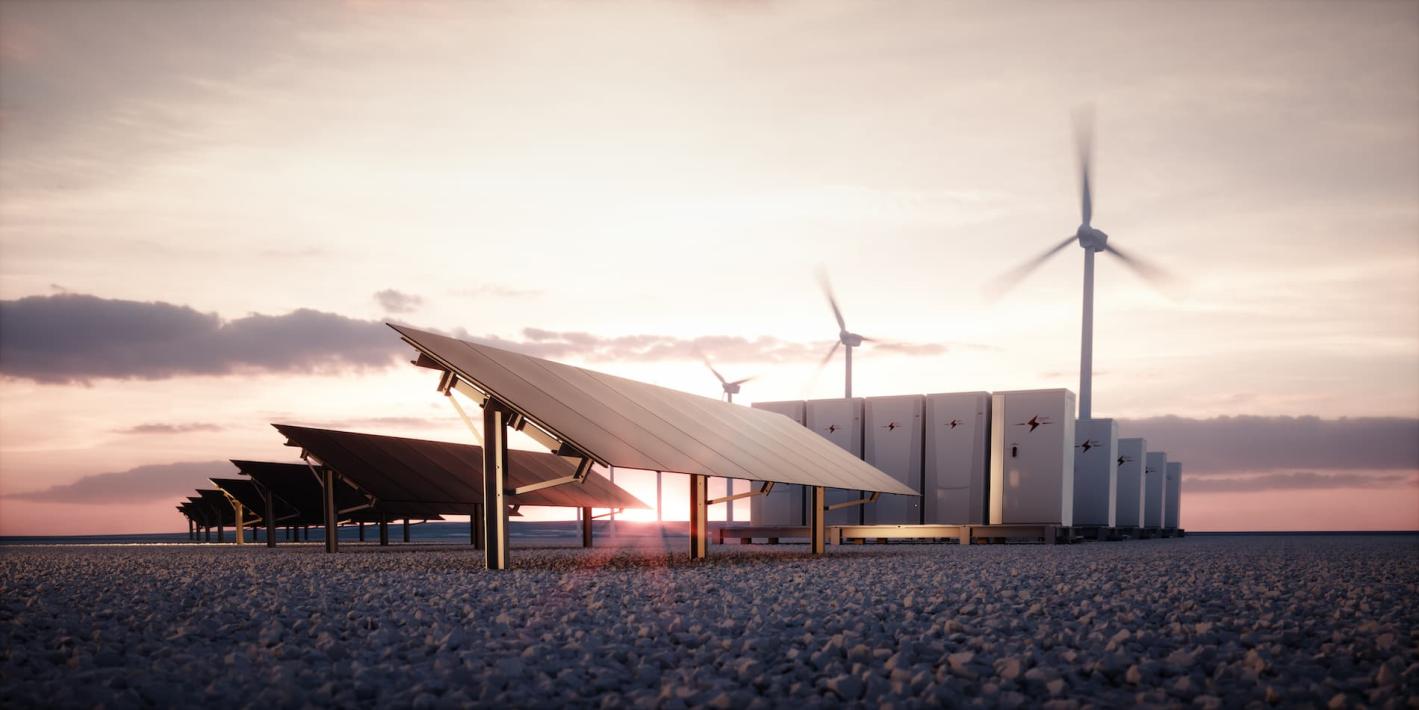What Are the Environmental Impacts of Different Renewable Energy Sources?
Renewable energy sources are energy sources that are naturally replenished and do not produce greenhouse gases. They include solar energy, wind energy, hydropower, geothermal energy, and biomass energy. Transitioning to renewable energy is essential to combat climate change and reduce our reliance on fossil fuels.

Solar Energy
Environmental Impacts:
- Land use: Solar farms require large areas of land, which can lead to deforestation and habitat loss.
- Water use: Solar panels require water for cleaning and maintenance, which can be a concern in arid regions.
- Pollution: Solar panel manufacturing can generate toxic waste, and the disposal of old solar panels can also pose environmental risks.
- Visual impact: Solar farms can be visually intrusive, especially in scenic areas.
Wind Energy
Environmental Impacts:
- Bird and bat mortality: Wind turbines can kill birds and bats, especially during migration.
- Noise pollution: Wind turbines can generate noise, which can be a nuisance for nearby residents.
- Visual impact: Wind farms can be visually intrusive, especially in scenic areas.
- Land use: Wind farms require large areas of land, which can lead to deforestation and habitat loss.
Hydropower
Environmental Impacts:
- Habitat loss: Hydropower dams can flood large areas of land, destroying habitat for wildlife.
- Water quality: Hydropower dams can alter water quality, which can harm aquatic ecosystems.
- Fish passage: Hydropower dams can block fish migration, which can disrupt fish populations.
- Greenhouse gas emissions: Hydropower dams can emit greenhouse gases, such as methane, during the decomposition of organic matter in flooded areas.
Geothermal Energy
Environmental Impacts:
- Water pollution: Geothermal power plants can release harmful chemicals into the air and water, including hydrogen sulfide and mercury.
- Land use: Geothermal power plants require large areas of land, which can lead to deforestation and habitat loss.
- Induced seismicity: Geothermal power plants can trigger earthquakes, especially in areas with high levels of seismic activity.
Biomass Energy
Environmental Impacts:
- Air pollution: Biomass power plants can emit air pollutants, such as particulate matter and nitrogen oxides, which can contribute to respiratory problems.
- Water pollution: Biomass power plants can also pollute water sources, especially if they use wood chips or other organic materials that can leach harmful chemicals into the water.
- Deforestation: Biomass power plants can contribute to deforestation, especially if they use wood chips or other forest products as fuel.
The environmental impacts of different renewable energy sources vary depending on the specific technology and the location of the project. However, all renewable energy sources have the potential to reduce greenhouse gas emissions and help us transition to a clean energy future. The challenges associated with transitioning to renewable energy include the high cost of some technologies, the need for large amounts of land, and the potential for environmental impacts. However, the opportunities associated with renewable energy are also significant, including the creation of jobs, the reduction of air pollution, and the improvement of energy security.
Policymakers and consumers can play a role in promoting the transition to renewable energy by supporting policies that encourage the development of renewable energy technologies, investing in renewable energy projects, and choosing renewable energy options when available.
YesNo

Leave a Reply